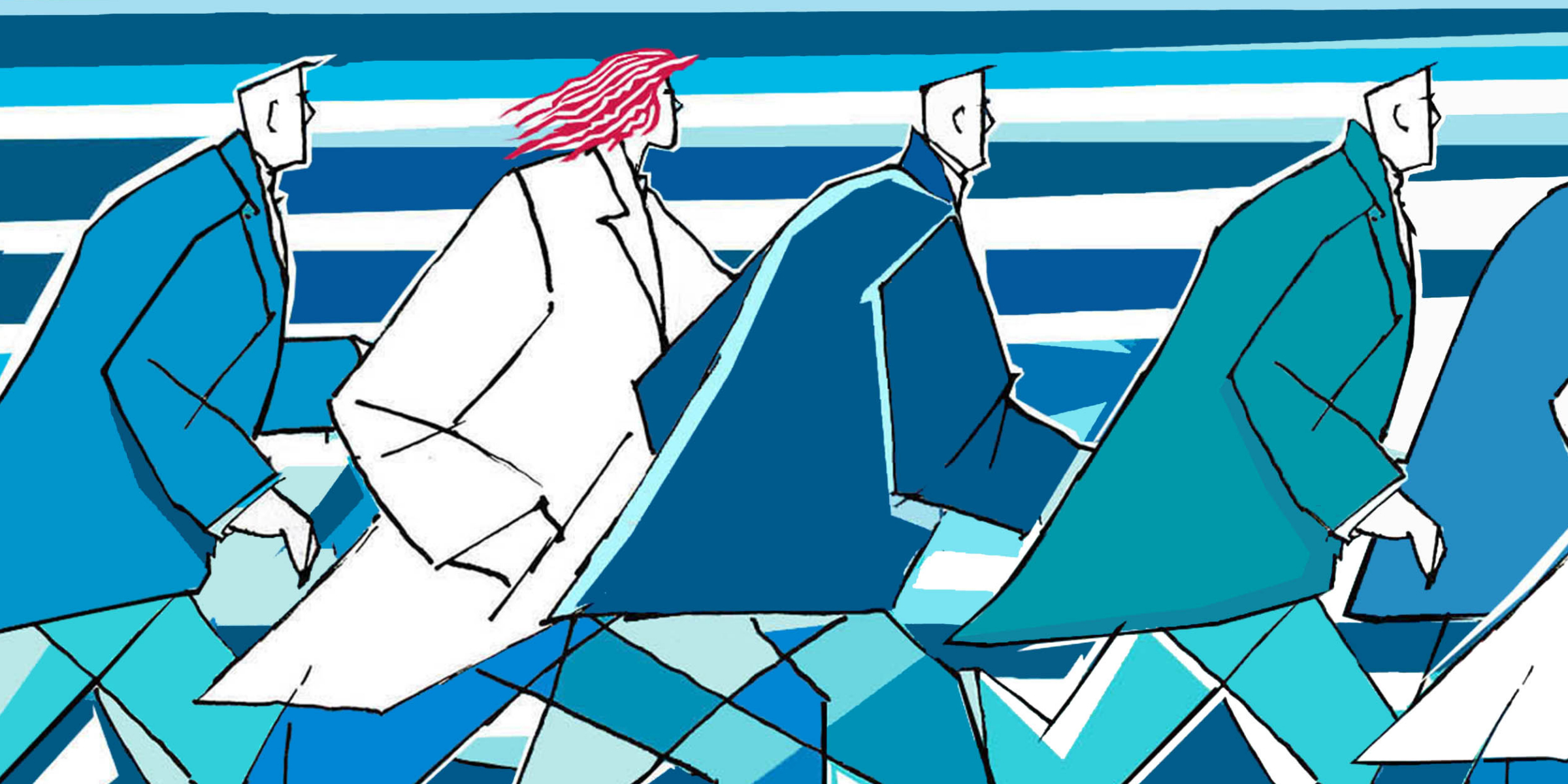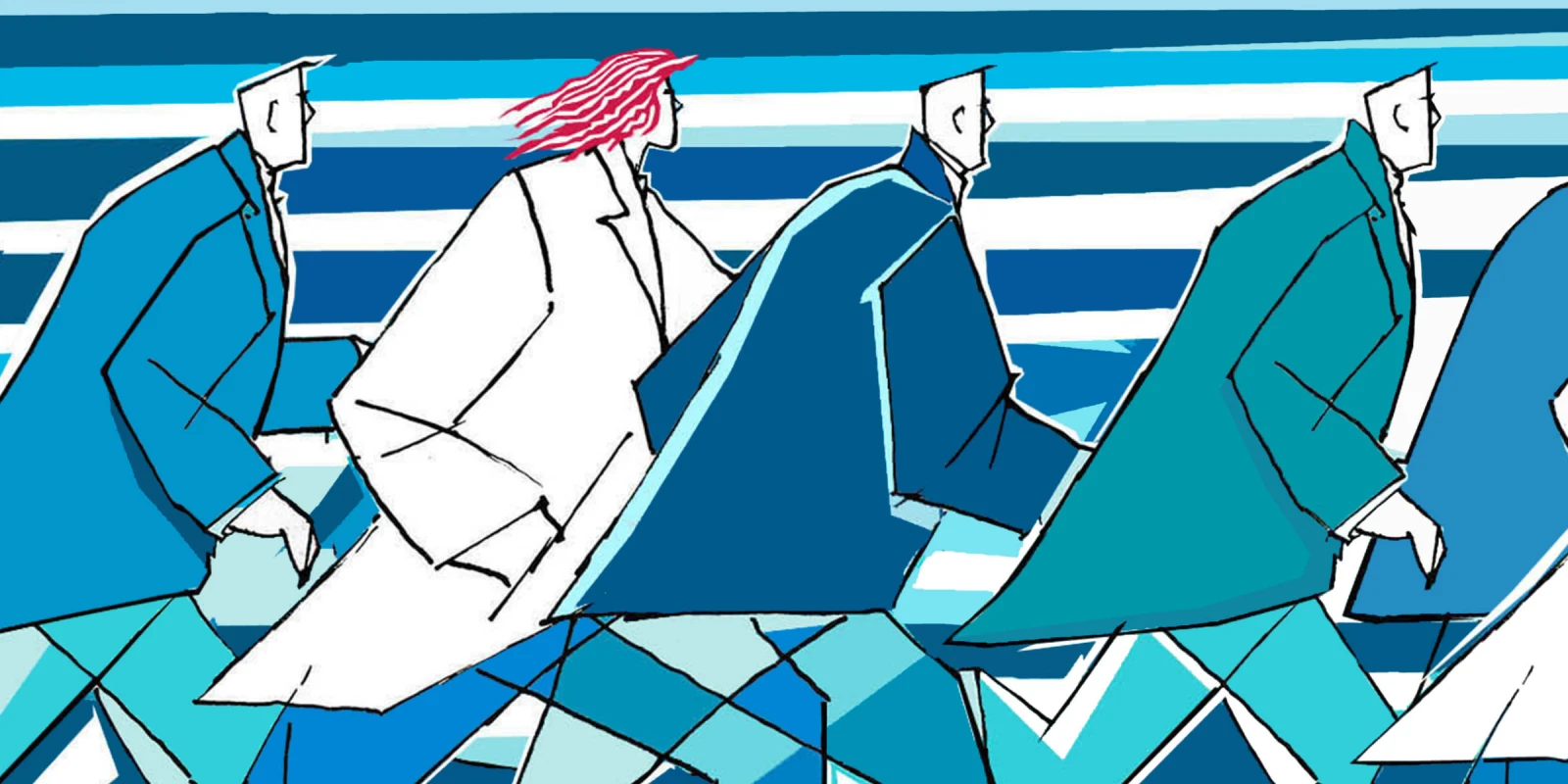
Quarterbacks get all the attention. Even amid the torrent of novel coronavirus stories, Tom Brady’s departure from the New England Patriots momentarily snagged the national spotlight.
Doctors and nurses have been making headlines too. Their work on the front lines of the pandemic is sometimes the stuff of heroes: Li Wenliang, a Chinese ophthalmologist who first recognized the outbreak and ultimately succumbed to it, sounded the warning, even in the face of threats from his government; doctors and nurses in Lombardy, Italy push against mental and physical exhaustion as their wards burst at the seams; and as doctors and nurses in our country plead for more PPE they continue to care for the sick.
Rightly, these professionals are lauded for their selflessness.
But treating patients is a team sport. Like even the greatest quarterbacks, doctors and nurses need a full complement of players to achieve their goal. There are countless champions working to this end.
In my field of cardiology, infectious diseases are sometimes outside our wheelhouse. But the coronavirus and its disease COVID-19 have already been shown to impact the heart. Patients with pre-existing cardiovascular disease are more likely to contract COVID-19, are more likely to have severe infections, and are more likely to die from it. Moreover, the virus can be directly toxic to the heart muscle, causing myocarditis and heart failure.
The pandemic has complicated things, but we try to keep our routine the same. We sit with patients and hear about what’s ailing them. We listen to the heart’s drumbeat to gather more clues. And we utilize a dazzling array of tools, implemented by our team, to help us make a game plan for treatment.
Echocardiograms are one of these tools. They’re crucial for decision-making. As requests for echocardiograms on COVID-19 patients stream in, our highly trained sonographers risk exposure. They perform an exam that is technical, time-intensive, and intimate. They sit at the patient’s side, near the head of the bed, simultaneously manipulating a transducer probe and complex computer for up to 30 minutes to capture the best images. Then they clean up: sanitizing the ultrasound machine from screen to wheels to ensure that it’s safe to use on the next patient.
They rely on PPE to keep them safe. But donning and doffing this uniform isn’t easy either. Technique is critical to avoid contamination, and hospitals have distributed instruction manuals and created YouTube videos to be sure it’s done correctly. (Grab the gown at the shoulders, roll it away, and remove it together with the gloves as a unit. And re-glove before removing the face-shield.) This choreography helps keep health care workers safe.
Our department is anxious and our sonographers are anxious. We’re anxious because we know many health care workers have contracted the illness and we’ve heard the stories of those who’ve died. We’re anxious because the number of infected patients is more than 600,000 in the U.S., and the coming surge of patients is certain to stretch thin resources and staff.
Our social workers feel the strain too. They help guide patients and families through the psychosocial difficulties that come with hospitalization. Their job is built on rapport. Their first meeting with patients – an important extended interview to identify a patient’s needs and build a therapeutic connection – is done hidden behind a mask or over the phone. And since our hospital, like many, has instituted a no visitor policy, apprehensive family members may not have the chance to meet in person.
Many governors across the country have issued “stay at home” orders for their states. But these essential health care personnel will be called upon to come to the hospital and treat the sick. In cardiology, we can’t do our jobs without the sonographers and social workers. We also need the respiratory therapists manning the mechanical ventilators, the pharmacists spotting medication interactions, and the environmental service workers scrubbing surfaces safe. There are countless others who play their part.
All around, doctors and nurses show their commitment to the ethical oaths sworn during their training. And so too, the many health care workers display compassion, generosity and fortitude to help treat our patients. Just like Tom Brady and the New England Patriots could not win the Super Bowl without linebackers, cornerbacks and offensive linemen, we cannot overcome this pandemic without everyone’s help.
David Sanders, MD is a cardiology fellow at Rush University Medical Center. Follow him on twitter @djsandersmd.
Click here to see more perspectives on COVID-19 from the Doximity network.
Click here for up-to-date news about COVID-19 on Doximity.







